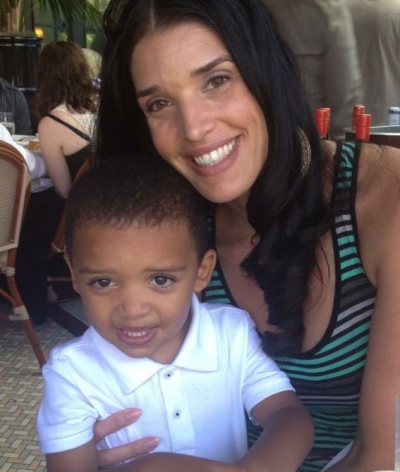The book includes access to two online strengths assessments — one for parents and one for children — to determine parents’ and children’s top themes of talent. There is also a StrengthsSpotting section of the book for younger children. Dr. Reckmeyer addresses every stage of development; readers can use this part of the book as a reference after taking the assessments or working on StrengthsSpotting.
Within each section, Dr. Reckmeyer explains talent themes and offers valuable information and action items for parents and children. Once parents identify their children’s area of talent and their own, they can start developing them into strengths. To jumpstart this process, the book provides definitions, questions, action items, theme contrasts, and clues and snapshots of how a young child with a particular talent theme may exhibit that theme.
Related Article: How to Raise a Problem-Solver
Did you know: A 23-year longitudinal study of 1,000 children in New Zealand found that a child’s personality at age 3 shows remarkable similarity to his or her reported personality traits at age 26.
How can YOU start to discover and understand your young child’s innate patterns of thought, feeling and behavior?
Gallup’s Tips for Strengths Spotting:

Marikate Wilson attended The University of Nevada Las Vegas and earned her Bachelor of Arts degree in Communications focusing on Journalism and Media Studies. She is a proud wife and mother of two boys who keep her busy when she is not out enjoying cycle class and being a foodie!